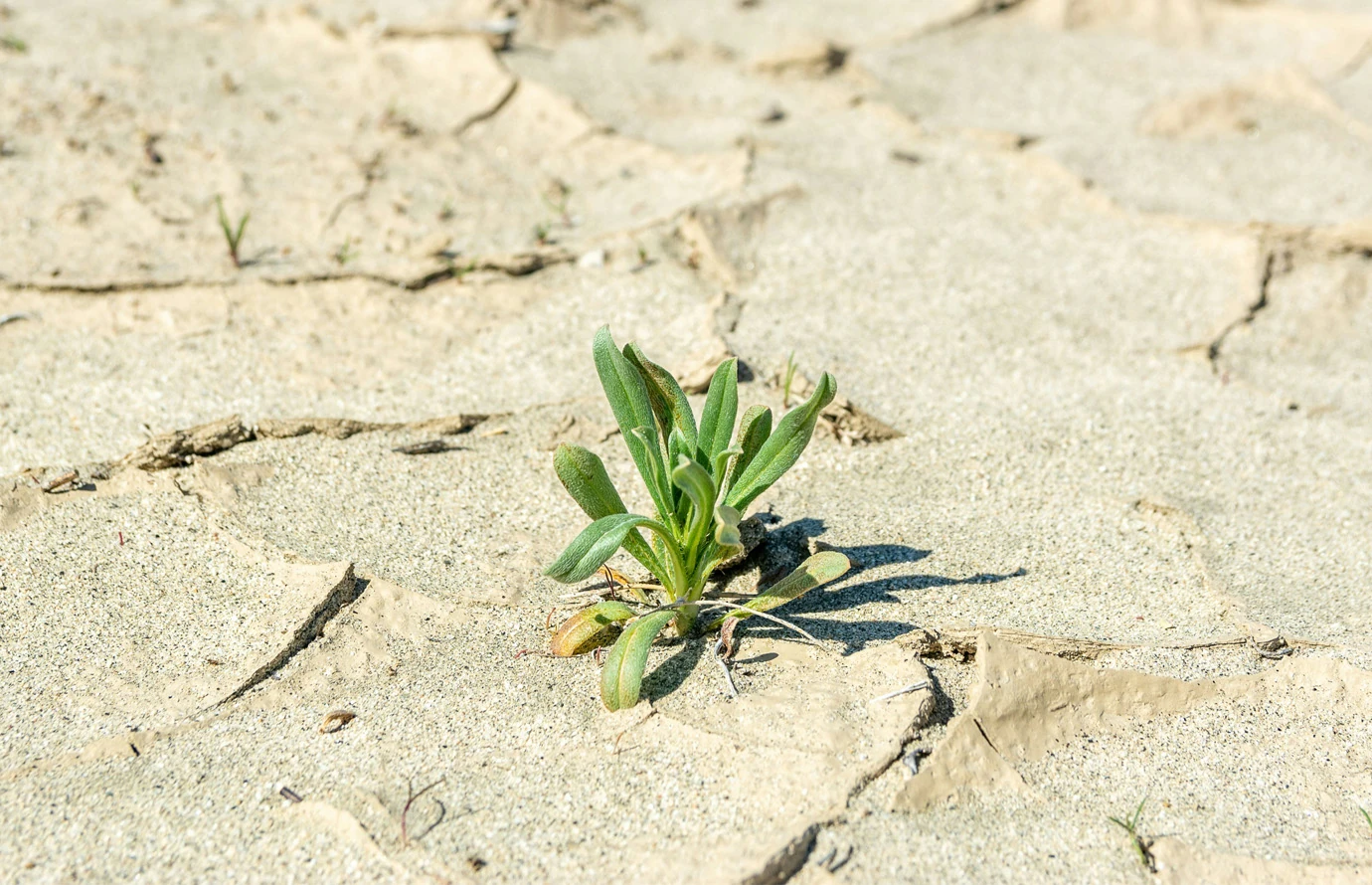Marking this year’s Desertification and Drought Day, the European Commission has unveiled two major initiatives aimed at tackling the escalating impacts of land degradation and water scarcity. “Desertification and drought demand urgent global action”, said Jessika Roswall, EU Commissioner for Environment.
The announcement, framed as both a policy shift and a cultural call to action, signals the EU’s intent to confront these challenges through long-term resilience and inclusive governance. Roswall: “By investing in resilience tools and empowering women, the EU is driving forward inclusive and innovative solutions for sustainable land and water management.”
Water stress
The first initiative, the Water Resilience Indicators Report introduces a framework for understanding and measuring drought vulnerability and water stress. It also lays the groundwork for the International Drought Resilience Observatory, which will monitor and support drought preparedness across Europe and beyond.
Rather than reacting to environmental crises, the EU aims to embed long-term resilience into its land and water management strategies. This includes shifting perceptions of land from a resource to be exploited to a living system in need of care and restoration.
Female negotiators
In a parallel move, the Commission also announced the launch of the EU Training Programme for Women Negotiators. The program aims to amplify women’s participation in environmental diplomacy and land restoration efforts, an acknowledgment that gender inclusion is not only a matter of equity, but essential for comprehensive, sustainable solutions. The goal of the Commission is to ‘promote inclusive and gender-responsive solutions to land degradation, ensuring a diverse and inclusive team of negotiators at UNCCD COP17, which takes place in August 2026 in Mongolia‘.
Examples of nature restoration
The EU’s environmental vision is not confined to high-level strategy. Several ongoing projects across Europe and Africa are already demonstrating what restoration looks like on the ground:
- Justdiggit, a Dutch non-profit hat mobilises local communities in Africa to regreen degraded land using simple, proven techniques. For example digging water bunds to capture rainwater and restore vegetation, a low-tech, high-impact solution for restoring ecosystems. Their approach reminds us that large-scale change often begins with small, hopeful gestures that reconnect people to land
- Closer to home, Rewilding Europe focuses on large-scale restoration of wild landscapes across the continent, from the Iberian Highlands to the Danube Delta. Their initiatives focus on bringing back native species, revitalising natural processes like grazing and flooding, and fostering local economies based on ecotourism and sustainable land use. Rewilding Europe shows that restoration is not just about undoing damage, but it’s about creating landscapes that thrive again, ecologically and economically.
- Green Cities are becoming a growing priority within the EU. Urban areas are implementing nature-based infrastructure from green roofs and rain gardens to permeable pavements and urban forests. These initiatives combat climate extremes while improving residents’ quality of life. It reduces heat stress and creates spaces where community and nature meet. The theme of green cities reflects the growing awareness that urban spaces too, must become part of the solution.
- The EU’s support for the Great Green Wall in the Sahel and the Horn of Africa embodies this vision: restoration as both ecological and social renewal. It aims to halt desertification by restoring 100 million hectares of degraded land. The project merges ecological goals with social development, offering jobs and food security to millions.
Active restoration
Together, these initiatives reflect a broader shift in environmental policy, one that integrates science, inclusivity, and community-driven action. But EU leaders say governments alone cannot meet the challenge.
The campaign’s core message is an invitation to rethink how individuals, communities, and institutions relate to land and water, and to become active participants in their restoration.
As Europe adapts to an increasingly unpredictable climate, the question is no longer if restoration is needed, but how we choose to pursue it and who gets to lead the way.



